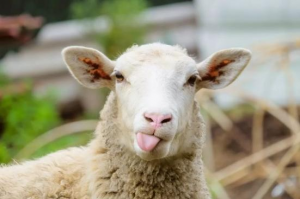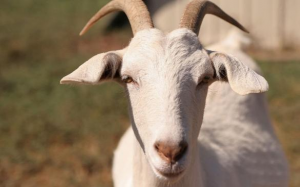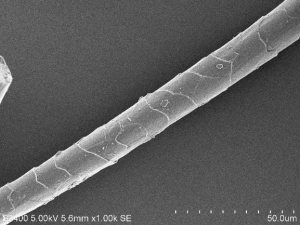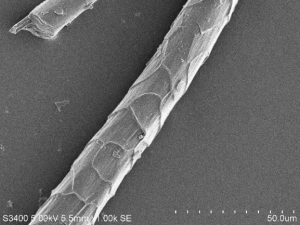Winter has arrived, and a favorite cashmere product is an indispensable warm item for many consumers in this season. There are many types of woolen sweaters and cashmere sweaters on the market, and the prices fluctuate greatly, especially cashmere sweaters with higher unit prices. Many people are attracted by its warmth and comfort, but they are worried that they will not be able to find good quality at a high price.

Shepp

Goat
The best cashmere in the world comes from the Alashan region in Inner Mongolia, and 70% of the world's cashmere is produced in Inner Mongolia, and its quality is also superior to other countries. The Merino (sometimes called Merino) wool we often refer to refers to the wool from sheep of Australian origin, and the cashmere we talk about originally refers to cashmere products produced in Kashmir, and now it also refers to cashmere products produced in Kashmir. Often appears as a common name for cashmere.

▲Cashmere morphology under a scanning electron microscope magnified 1000 times

▲The morphology of sheep wool under a scanning electron microscope magnified 1000 times
Cashmere is fine cashmere that grows at the roots of goat's coarse hair. Since its diameter is thinner than sheep's wool, it can retain more still air, so it has good thermal insulation properties and is a magic weapon for goats to withstand the cold winter. And because the scales on the surface of cashmere fiber are thin and closely adhere to the fiber strands, cashmere products have better luster, smoother feel and less wrinkles than wool products. When goats shed their hair every spring, cashmere is obtained by artificial combing. It takes the hair of five goats to spin a 250g cashmere sweater. Due to the scarcity of output, cashmere is also known as "soft gold".

How to choose cashmere products
Both wool and cashmere are hair fibers, and their main components are proteins. After burning, they both have a smell similar to burning hair. This method can be used to identify wool and cashmere products and other chemical fiber (such as acrylic, etc.) imitation wool products, but it is impossible to distinguish between wool and cashmere. It needs to be identified by a professional fiber composition inspector.
So how do you make a general judgment when buying cashmere products on a daily basis?
Cashmere fibers are thin and uniform, with an average diameter between 14 μm and 16 μm. There is no medullary layer and the surface scales are thin. The diameter of general wool fibers is not less than 16 μm, so products made of cashmere have a smoother feel. It is slippery, has good resilience when grasped by hand, is not prone to wrinkles, and has a strong gloss after dyeing. In addition, compared with cashmere products and wool products of the same size and specification, cashmere products are generally lighter and thinner, which can be used as a reference.
The difference between wool and cashmere
First of all, we need to know that although wool comes from sheep, wool and cashmere come from different breeds of sheep. Wool comes from sheep and cashmere comes from goats. In GB/T 11951-2018 "Natural Fiber Terminology", wool and cashmere, which we usually refer to as short for, should be called sheep wool and cashmere.
Post time: Jan-16-2024





